
Optimized Adaptive Re-Use
Contemporary building practice represents a disconnect between traditional manufacturing techniques, that favor straight runs and orthogonal

Contemporary building practice represents a disconnect between traditional manufacturing techniques, that favor straight runs and orthogonal

This study focuses on experiments in kinetics and architectural skins. More extensively, it introduces a solution for environmental design issues and

Closed cavity facades (CCF), a configuration of Double Skin Facade (DSF), consists of a double-glazed unit on the inner layer and single glazing on


Due to material and technological advancement during the last century, transparency has become a prominent trend in contemporary architecture.

This article presents results of a research study that focuses on understanding energy performance of novel facade systems that integrate

Solar shading devices are required to find a trade-off between conflicting requirements: Protection from excessive solar gains and glare, daylight
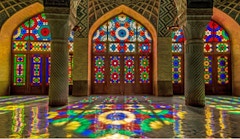
Traditional architecture can be a valuable source of inspiration for designers. Sustainable design concepts in traditional architecture have been

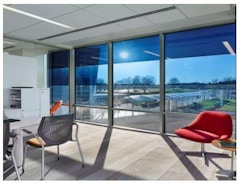
Access to natural daylight and connection to the outdoor environment is one of the key elements of contemporary architecture. This design concept is
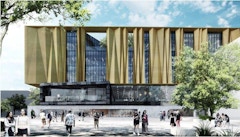
As building enclosure consulting services evolve and mature in markets, the scopes of service that are provided and sought, can become more

The largest source of air pollution in North America is the atmospheric boundary layer of a city caused by its urban canyons with pollutants produced

Many factors will influence coating selection, but to achieve the desired performance level for a given situation, coatings must be specified based
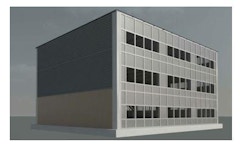
To ensure the safety of U.S diplomatic personnel overseas, the U.S Department of State (DoS) has developed facade retrofits capable of resisting high


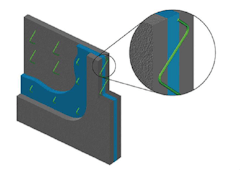
In 2014, the American National Standards Institute (ANSI) approved the Precast/Prestressed Concrete Institute (PCI) as an accredited ANSI Standards
Transposing innovation from government funded research to commercially viable solutions becomes ever more important when combined with the urgent

Today’s environmental challenges highlight the necessity of a holistic approach to façade design and construction, key to achieve the ambitious 2030